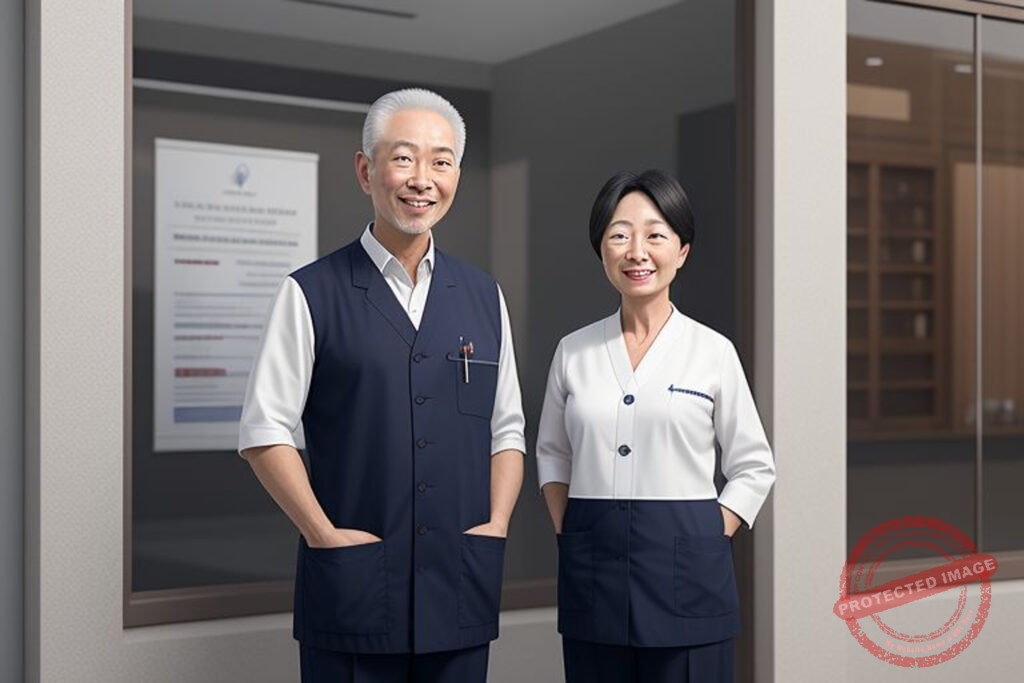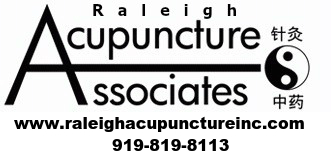
Acupuncture has been practiced for thousands of years and is widely regarded as a safe and effective therapy when performed by licensed professionals. Rooted in the principles of Traditional Chinese Medicine (TCM), acupuncture involves the insertion of thin, sterile needles into specific points on the body to restore balance and promote healing. However, as with any medical treatment, safety is paramount. Rigorous acupuncture safety standards, sterilization protocols, and extensive training ensure that acupuncture remains a low-risk and highly beneficial therapy.
Safety Standards
Acupuncture safety begins with strict adherence to professional standards and guidelines. In the United States, acupuncture practitioners must meet requirements set by national and state boards, such as the National Certification Commission for Acupuncture and Oriental Medicine (NCCAOM). Acupuncturists must pass comprehensive board exams and maintain certification by completing continuing education courses on safety, ethics, and new research findings. These measures ensure practitioners stay up-to-date with best practices and deliver care safely and professionally.
Needle Sterilization and Infection Control
One of the primary concerns about acupuncture safety is the use of needles, which, if improperly handled, could pose a risk of infection or injury. To address this, acupuncturists utilize single-use, sterile, disposable needles, eliminating the possibility of cross-contamination. These needles are made of stainless steel and are extremely thin, minimizing discomfort during insertion. After a single use, the needles are disposed of in approved medical sharps containers to comply with health and safety regulations. Clinics must also maintain clean and sterile environments, following protocols similar to those in hospitals and other healthcare facilities. These precautions ensure that acupuncture is a safe procedure with an exceptionally low risk of adverse effects.
Extensive Training Requirements for Acupuncture Practitioners
One of the defining features of acupuncture is the extensive training practitioners must undergo before becoming licensed. In the United States, becoming a licensed acupuncturist requires completing a master’s or doctoral program in acupuncture and Chinese medicine. These programs encompass over 3,500 hours of education, including coursework in anatomy, physiology, biochemistry, and Chinese medical theory and hundreds of hours of supervised clinical training. Practitioners are also trained in diagnosing and treating a wide range of conditions, making them well-equipped to provide comprehensive care.
Acupuncture Versus Dry Needling: A Key Distinction
A growing area of confusion among patients involves the difference between acupuncture and dry needling. While both practices involve the use of needles, they are fundamentally different in terms of philosophy, scope, and training. Acupuncture is based on Traditional Chinese Medicine and focuses on treating the whole person by balancing energy, or “qi,” in the body. Practitioners use a holistic approach, selecting points based on TCM patterns and considering the interconnectedness of organ systems, emotions, and physical symptoms.
In contrast, dry needling is a technique employed primarily by physical therapists to target myofascial trigger points—tight knots in muscles that can cause pain. Dry needling is rooted in Western biomedical principles and does not incorporate the holistic framework of Chinese medicine. The most significant difference lies in the training required. Dry-needling practitioners may complete as little as 27 hours of training, which pales in comparison to the 3,500 hours required for acupuncturists. This disparity raises concerns about the safety and efficacy of dry needling, as practitioners may not have sufficient knowledge of anatomy or needle techniques to minimize risks.
Ensuring a Safe and Effective Experience
Acupuncture safety is paramount when performed by trained and licensed professionals. Adverse effects are rare and typically limited to minor bruising or slight soreness at needle insertion sites. These effects are temporary and far outweighed by the potential benefits, which include pain relief in joints, muscles, tendons, and ligaments, reduced stress and anxiety, improved sleep, overcoming infertility, improved digestion and bowel function, reduction of autoimmune symptoms, improved concentration and focus, and enhanced overall well-being. Patients considering acupuncture should seek care from licensed acupuncturists to ensure they receive the highest quality treatment in a safe environment.
Acupuncture Safety
In conclusion, acupuncture is a safe and effective therapy, supported by rigorous safety standards, sterilization practices, and extensive training requirements. The holistic philosophy and comprehensive training of licensed acupuncturists distinguish acupuncture from practices like dry needling, which involve significantly less education and training. Patients can feel confident in acupuncture safety and efficacy when choosing qualified practitioners who prioritize their health and well-being.
Next Steps
BOOK NOW to schedule an appointment online.
Meet the Practitioners (Video).
Learn about all the conditions we treat.
Focus Keyphrase: Acupuncture Safety
Image generated with https://perchance.org/ai-text-to-image-generator

